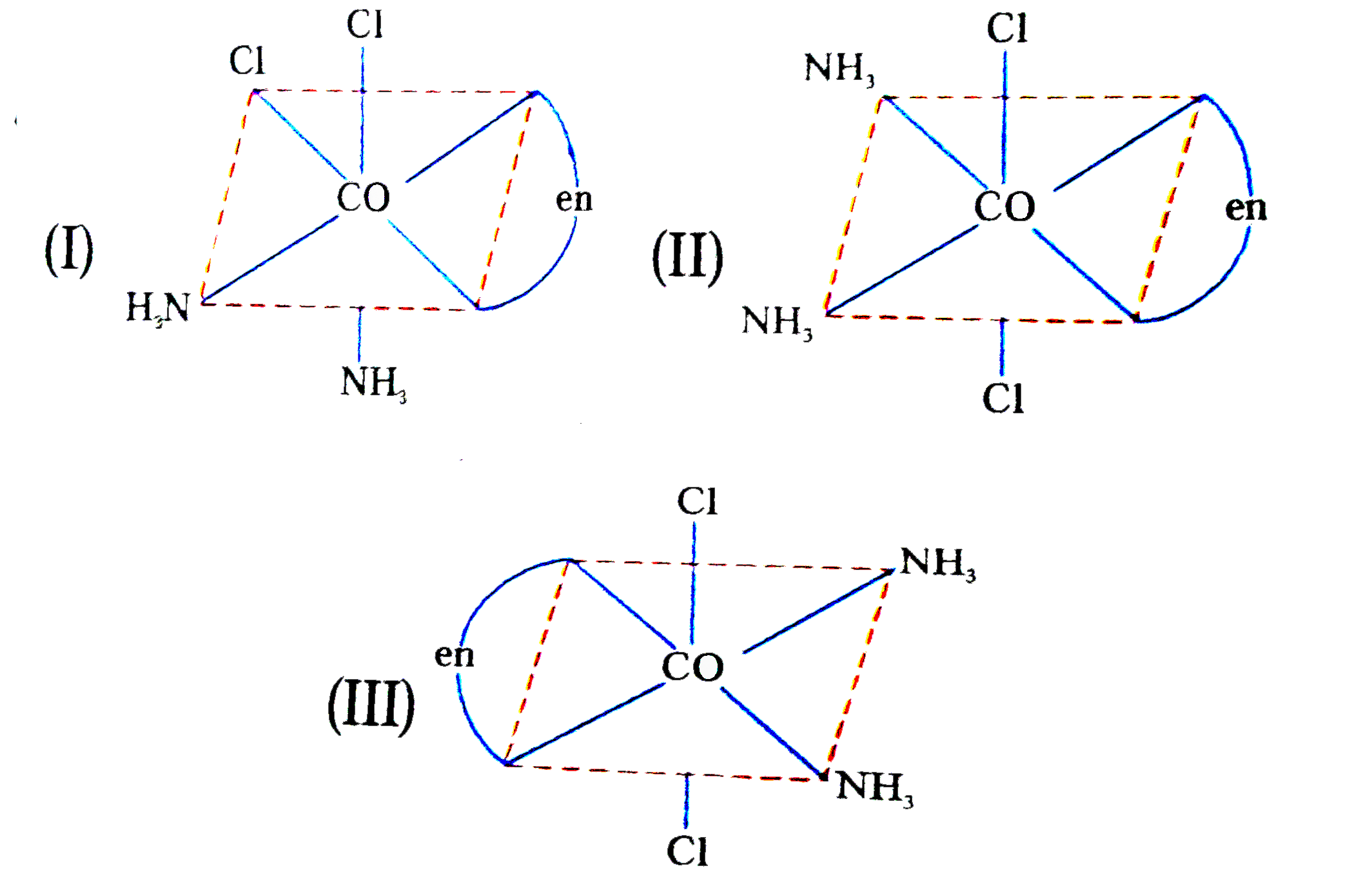A
B
C
D
Text Solution
Verified by Experts
The correct Answer is:
|
Topper's Solved these Questions
COORDINATION COMPLEXES
NARAYNA|Exercise EXERCISE-7|5 VideosView PlaylistCOORDINATION COMPLEXES
NARAYNA|Exercise EXERCISE-8|6 VideosView PlaylistCOORDINATION COMPLEXES
NARAYNA|Exercise EXERCISE-5|16 VideosView PlaylistCO-ORDINATE COMPOUNDS
NARAYNA|Exercise Exercise-4|60 VideosView PlaylistD - BLOCK ELEMENTS
NARAYNA|Exercise CHECK YOUR GRASP|7 VideosView Playlist
Similar Questions
Explore conceptually related problems
Knowledge Check
A
B
C
D
Submit
A
B
C
D
Submit
A
B
C
D
Submit
Similar Questions
Explore conceptually related problems
NARAYNA-COORDINATION COMPLEXES-EXERCISE-6
- Three arrangements are shown for the complex [Co(en)(NH(3))(2)Cl(2)]^(...
03:02
|
Playing Now - Which of the following isomerism is/are shown by the complex [CoCl(2)(...
03:14
|
Play - Co-ordination number of Cr in CrCl(3^.)5H(2)O is six. The volume of 0....
05:24
|
Play - Which of the following statement(s) is (are) correct with reference to...
02:31
|
Play - The complex [Cr(H(2)O)(4)Br(2)]gives the test for :
01:42
|
Play - Which of the following ligands can show linkage isomerism?
02:02
|
Play
